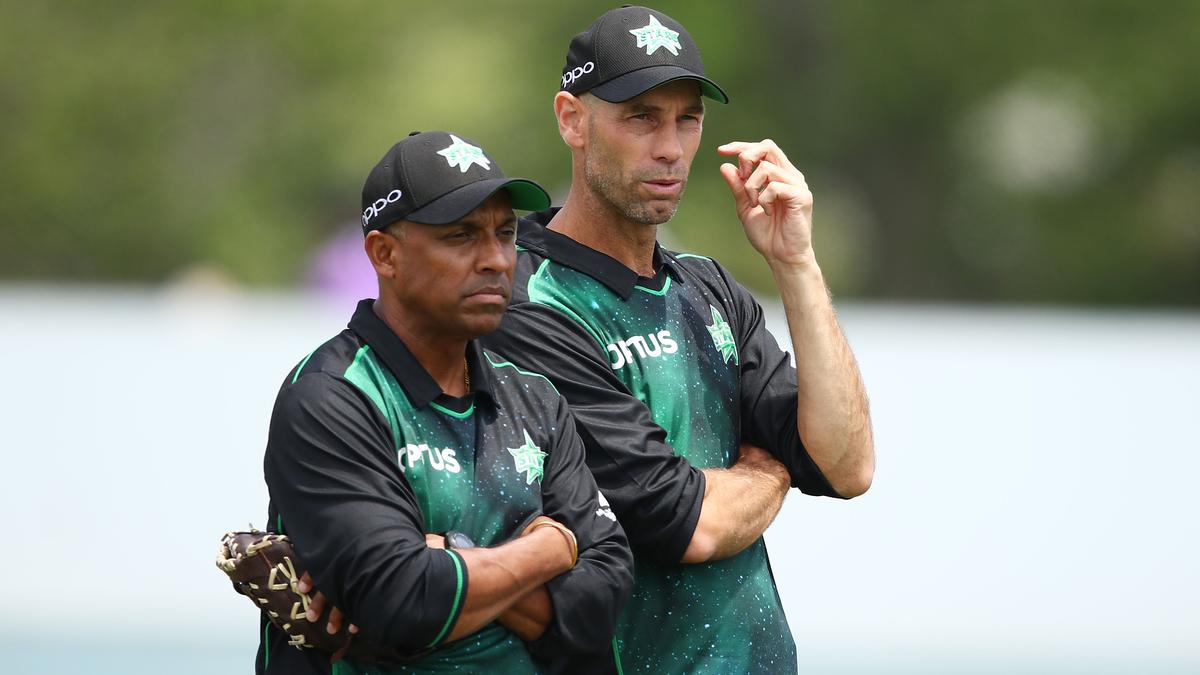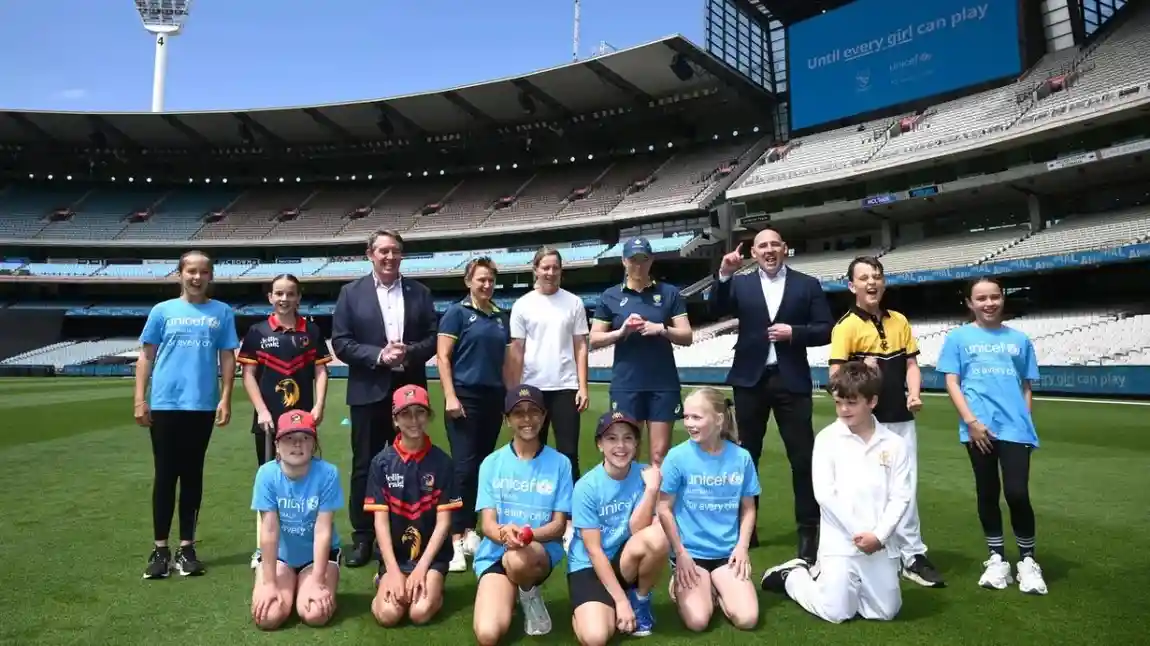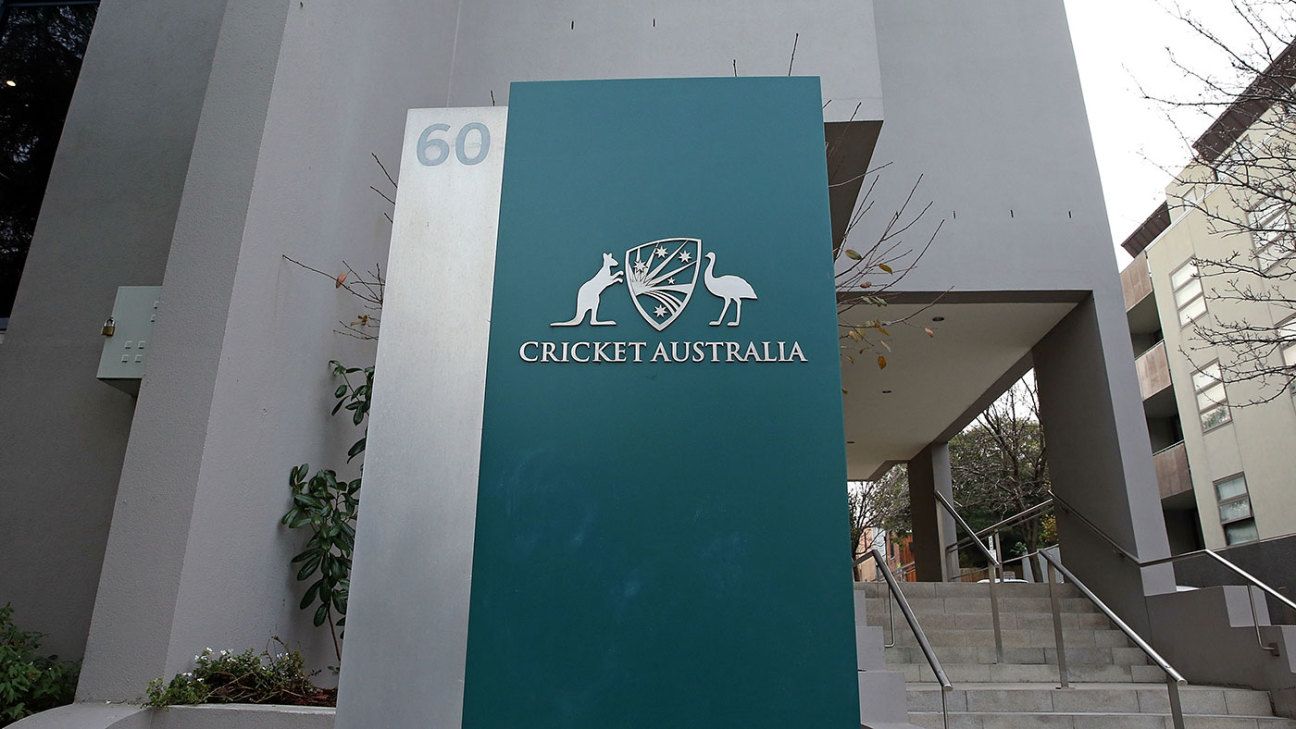The schools of great knocks: Where Australia’s Test cricketers were educated

- by Admin
- November 15, 2024

Australia’s most recent Test selection has been dominated by players who attended independent schools, a direct contrast with the trend of an equal split with government schools over the previous 20 years.
Data on selection of the men’s team, compiled by this masthead, shows that nine of Australia’s past 10 Test cricketers hail from independent schools, in comparison to an equal split over the past two decades involving 82 Test debutants.
From public to private: Sam Konstas was keen to face experienced cricketers in Premier Cricket.Credit: Getty Images
Where players who emerged through the public school system were once regarded as more likely to succeed because they took the traditional senior grade cricket pathway of playing against older men, improved junior pathway development and academy programs, and quality coaching at private schools, has meant the focus on grade cricket isn’t as acute as it once was for teenage players.
Cricket insiders say a flexible approach is what continues to ensure the selection battle for a baggy green cap is strong.
Though the trend in recent selection shows a majority picked from independent schools, many of the mainstays of the current team, picked for the first time more than five years ago, went to government schools.
NSW cricket pathways boss Anthony Clark, who recently finished a stint as Australian under-19 coach, and Victorian counterpart Tom Evans said they were not surprised that there had been an equal split of Test cricketers from public and private schools over the past two decades.
“The private schools throw a lot of money into their programs, [so] it doesn’t surprise me. It makes sense that if you put someone on a scholarship, you try and cherry-pick one of the best players [from the public system] that is in year nine, and they end up going to a Trinity [Grammar] or Kings [School] or a school like that,” Clark said.
Loading
He said NSW had half-a-dozen players in the under-17 and under-19 programs who had crossed from public to private schools on scholarships, which he said skewed the school data. Test hopeful Sam Konstas, 19, began in the NSW public system before earning a scholarship to the prestigious Cranbrook School.
Evans said Victoria had a balance of players from public and private schools, and there were “advantages and disadvantages to both”.
David Hussey, Cricket Victoria’s head of men’s cricket, said there was no right or wrong approach for a parent or talented player debating the best way forward.
“It’s an interesting dynamic, actually. I don’t know which way is right, which one is wrong,” he said.
NSW selector Geoff Lawson, who keeps a close eye on emerging under-19 talent, said private schools typically provide better facilities and coaching than their public counterparts, for they often attract ex-players who have played at least first-grade, if not state, cricket as coaches.
“They understand that if a player is good enough at a private school, and they really want to make the top, they have got to get out and play club cricket as well,” Lawson said.
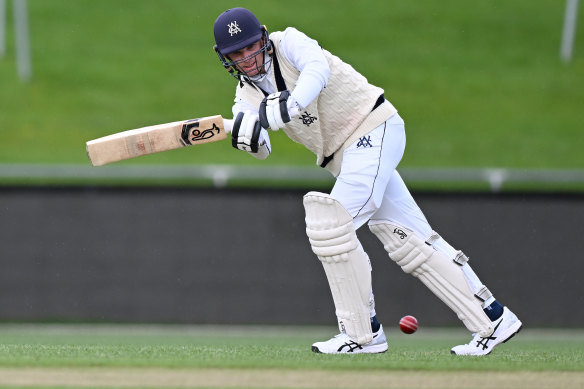
Choice: Victoria’s Peter Handscomb preferred grade over school cricket.Credit: Steve Bell, Getty Images
“They get into the pathways. You might be 15-years-old at Scots [College], but you will get into a NSW under-16 pathways squad. So, you get different coaching, different views, exposed to under-16 trial games. The NSW pathways are far more all-encompassing about who gets into their program.”
But that doesn’t preclude star country or public school youngsters from making it big. Off-spinner Todd Murphy, who made his Test debut last year, hails from the NSW-Victoria border town of Moama. He plays Melbourne grade cricket for St Kilda, where his father was a teammate of the late Shane Warne.
In 2018, when the Test team was in a state of flux, the national selectors turned four straight times to debutants who had emerged through public schooling – Callum Ferguson, Joe Mennie, Peter Handscomb and Nic Maddinson.
In Victoria, the APS schools sports program, featuring the likes of Brighton Grammar, Carey Grammar, Geelong Grammar and Caulfield Grammar, is held on Saturdays, meaning emerging high-school teenage talent cannot regularly play club cricket on that day.
Loading
Grade cricket, traditionally a baptism of fire for precocious teenage talent when facing grizzled veterans, has for decades been seen as the best route to playing state and international cricket. Handscomb, who has played 20 Tests, knocked back a scholarship with Melbourne Grammar because he wanted to play full seasons against older men in grade cricket.
However, a balance can be found, for those in the APS programs can still play grade cricket when there are no school commitments, including through January, just as promising AFL players juggle school and Coates League commitments.
Hussey said three boys from Haileybury College – Tom Paddington, Alex Turner and Cooper Rajko – had all made the Victoria Metro under-17 team while juggling school and grade cricket commitments. Evans pointed to the development of now Australian under-19 guns Ollie Peake, a Mike Hussey clone from Geelong Grammar, and Melbourne Grammar’s Harry Dixon.
A former Australian white-ball batter, Hussey, who along with brother Mike emerged through the West Australian private system, still subscribes to grade cricket being a tougher breeding ground than simply playing age-level competition.
“Probably, because you are playing against adults. You play open age, whereas at school you are playing against the same age group. I am not saying school cricket is bad, it’s just a different version of cricket, where you either learn very quickly or you sink,” Hussey said.
What can help fill the breach are state-based talent pathway programs. Selection is open to private and public school players, providing detailed coaching and mentoring and a vigour that Evans says can be missing in the private school system.
“I don’t think they are challenged as much in school cricket. They play a handful of grade games before the private school system starts and then after it if the club makes finals … but I don’t think it really hinders too much,” Evans said.
Loading
“When they come into a talent pathway environment, I think they are getting enough good coaching and getting challenged at national championships and the club games they do play. It’s just getting exposed to men’s cricket – perhaps there is a little catch-up period when they do finish school.”
NSW cricket has the same Saturday clash, and Clark is also a strong advocate of experience playing in grade cricket. He said emerging prodigy Konstas had opted to bypass Saturday school cricket in his final year at school.
“As soon as he started playing high grades [in Premier cricket], he stopped playing for Cranbrook. He only played mid-week games. They still sing from the rooftops that he is a Cranbrook boy but, in his last year, he played Premier Cricket [for Sutherland],” Clark said.
“There are other kids that have scholarships and because they want to play Premier cricket they jump off the scholarship and then their parents have to pay full freight [fees]. It’s different for everyone.”
Clark and Evans said the average age of first-grade teams has dropped because of the young talent available.
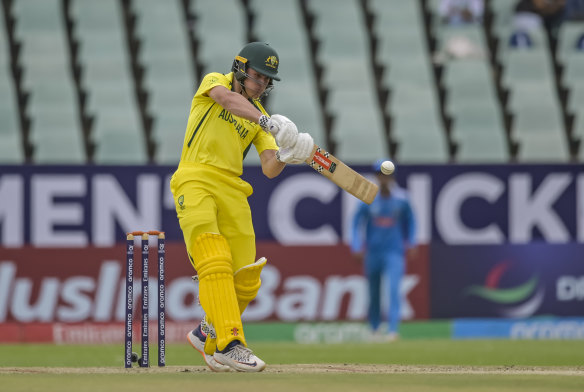
Take that: Australian under-19 player Harry Dixon has emerged through Victoria’s private school and talent pathway programs.Credit: AP
“Premier cricket is pretty young. When they are good, they start playing higher grades pretty quickly because there is a sort of arms race – 20 clubs in Sydney, and everyone is trying to grab hold of the talent,” Clark said, also noting the days of acidic sledging were dissipating as a potential flow-on of this.
“It’s beneficial for them to play Premier cricket. But some of the kids play school stuff and get their hit of Premier cricket in school holidays. They still probably play those six weeks over Christmas, a couple of weeks before school goes back, and whenever they can throughout the year. Everyone is different.
“We have a couple of guys in our pathway now that you can see they haven’t played enough cricket against men just by the way they set their fields. It does slow their learning by not being with some old heads, sometimes.”
While regional clubs are still producing talent, including the likes of Riley Keane, Angus Campbell and Bailey Abella, Lawson, a former Australian fast bowler, said he felt the number of emerging country youngsters heading into the city to accept scholarships at private schools was on the rise.
Loading
“A lot of them who are eligible to play for country under-19s have scholarships into Sydney schools … that’s great for the kids, great for their education, and puts them closer to good cricket in Sydney because they can attend pathway coaching clinics, coaching sessions,” Lawson said.
Hussey and Clark said the pathway program for country boys was strong, with talent identification and carnivals, but Clark said those players who relocated to a major city to play Premier cricket sometimes took more time to adjust.
Hussey said he, like all coaches and administrators, just wanted what’s best for the players – and Australian cricket.
“Everybody is different, everybody develops differently as well. From my point of view, I just want the best and most talented kids coming through the door – I don’t care what school they go to,” he said.
News, results and expert analysis from the weekend of sport sent every Monday. Sign up for our Sport newsletter.
The Latest News
-
November 15, 2024Nick Kyrgios set to make long-awaited return to tennis as comeback date revealed
-
November 15, 2024List wins elusive DP World Tour card, Barron loses his
-
November 15, 2024India great warns ‘the king is back in his territory’ as struggling Virat Kohli returns for fifth tour
-
November 15, 2024‘Adaptable’ Murphy spins out WA to put Vics in control | cricket.com.au
-
November 15, 2024Nick Kyrgios: Australian tennis star confirms return to ATP Tour at Brisbane International in December


